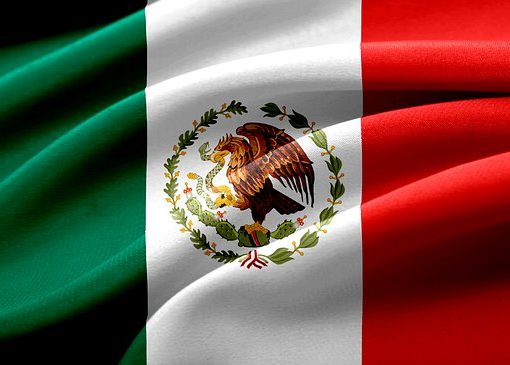There is something about chocolate that interferes with THC potency tests
THC in chocolate. In states where cannabis is legal, marijuana can be sold in cookies, candies, jelly beans, protein bars, etc. Commercial products that incorporate cannabis are labeled with the amount of THC they contain. That is of great importance for medical marijuana patients to obtain the desired dose and recreational marijuana users decide the level of psychoactive effects they want to experience.
How much marijuana is really in a cannabis brownie? Chocolate makes potency tests very difficult, so labels are not always accurate, and the problem is that scientists still don’t know why.
Chemists say there is something in chocolate that interferes with potency tests. A cannabis chocolate product can come with a label that says that the THC content is 10 milligrams and could be much higher. This is dangerous.
Chemists working in marijuana companies and testing laboratories are trying to develop those standards of quality and quantity of cannabinoids contained in food and many are patenting their ideas. According to Boston lawyer Vincent Capuano, who has a PhD in organic chemistry, the inventors have patented different ways to put cannabis in milk, coffee capsules, ice cream, chewing gum, etc.
Marijuana has hundreds of chemical compounds, such as THC and CBD, and some are difficult to process with other food ingredients. Chocolate is a good example.
David Dawson, a chemist and principal investigator at CW Analytical Laboratories in Oakland, California, who tests marijuana, realized that the more chocolate in the product, the less accurate the analytical results. Dawson believes that part of the THC clings to chocolate fat and is imperceptible during analytics.
To do his job, Dawson grinds a chocolate bar infused with THC in a commercial food processor. Weigh the samples and add solvent to the material before measuring the power of THC. He has tried cocoa powder, baking chocolate and white chocolate to try to determine which ingredients the THC hides during the tests.
David Dawson’s research focuses on cannabis potency tests due to the high associated risks. If an edible cannabis product is shown to have 10% less THC than the label says, California law states that it must be re-labeled, which takes time and money. But it is even worse if a product is shown to contain 10% or more THC than the label says. In this case the whole lot must be destroyed. Dawson’s research is on the agenda of the American Chemical Society meeting in San Diego.
The researcher says that there are some power variations that are very strange depending on how the chocolate samples are prepared for the test. Dawson studied the effects of altering sample preparation conditions, such as amounts of chocolate and solvent, pH and type of chocolate, on the concentration of measured THC.
The results were very surprising. When they put less chocolate infused with cannabis in the sample vial, for example 1 gram, they obtained higher THC potencies and more precise values than when they put 2 grams of the same chocolate infused in the vial. This is very difficult for Dawson to understand, who assumed that the more sample he had, the more conclusive the results would be. And these results suggested that some other component of chocolate was suppressing the signal for THC.
Changing the amount of sample in the vial could determine if a sample passes or not, which could have a great impact on the producer of the chocolate bars, as well as on the customer who could be taking an overdose of THC or too little.
Dawson is currently trying to discover which chocolate ingredient is responsible for these effects. You have tried to add a standard THC solution with different amounts of chocolate bar, cocoa powder, bakery chocolate and white chocolate, all of which have different components, and observe how the results change. Dawson believes that the solution to the riddle is in fats of chocolate since THC is fat soluble.
Dawson would like to extend his analysis to other cannabinoids, such as cannabidiol (CBD), a non-psychoactive substance that is emerging in many edible products.






